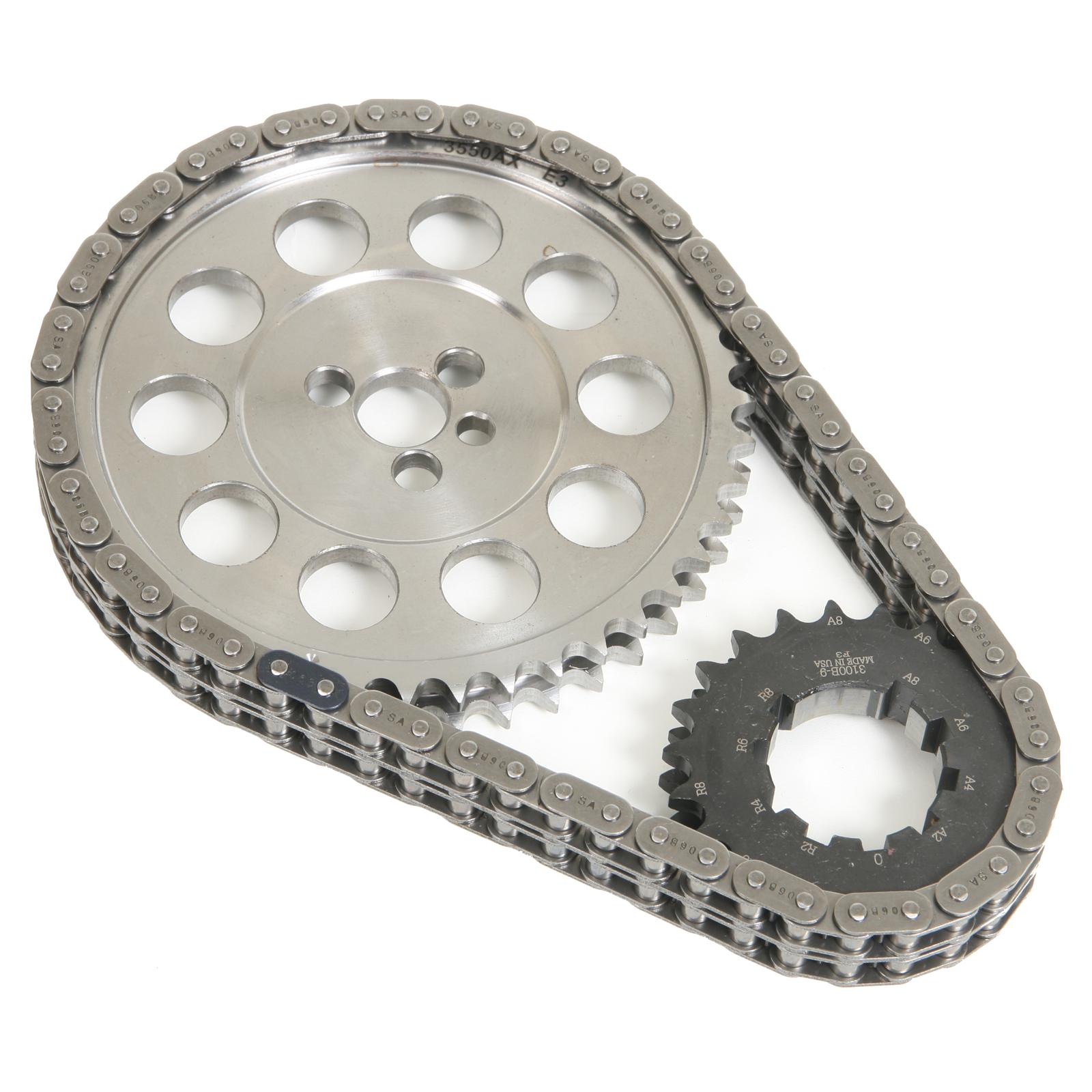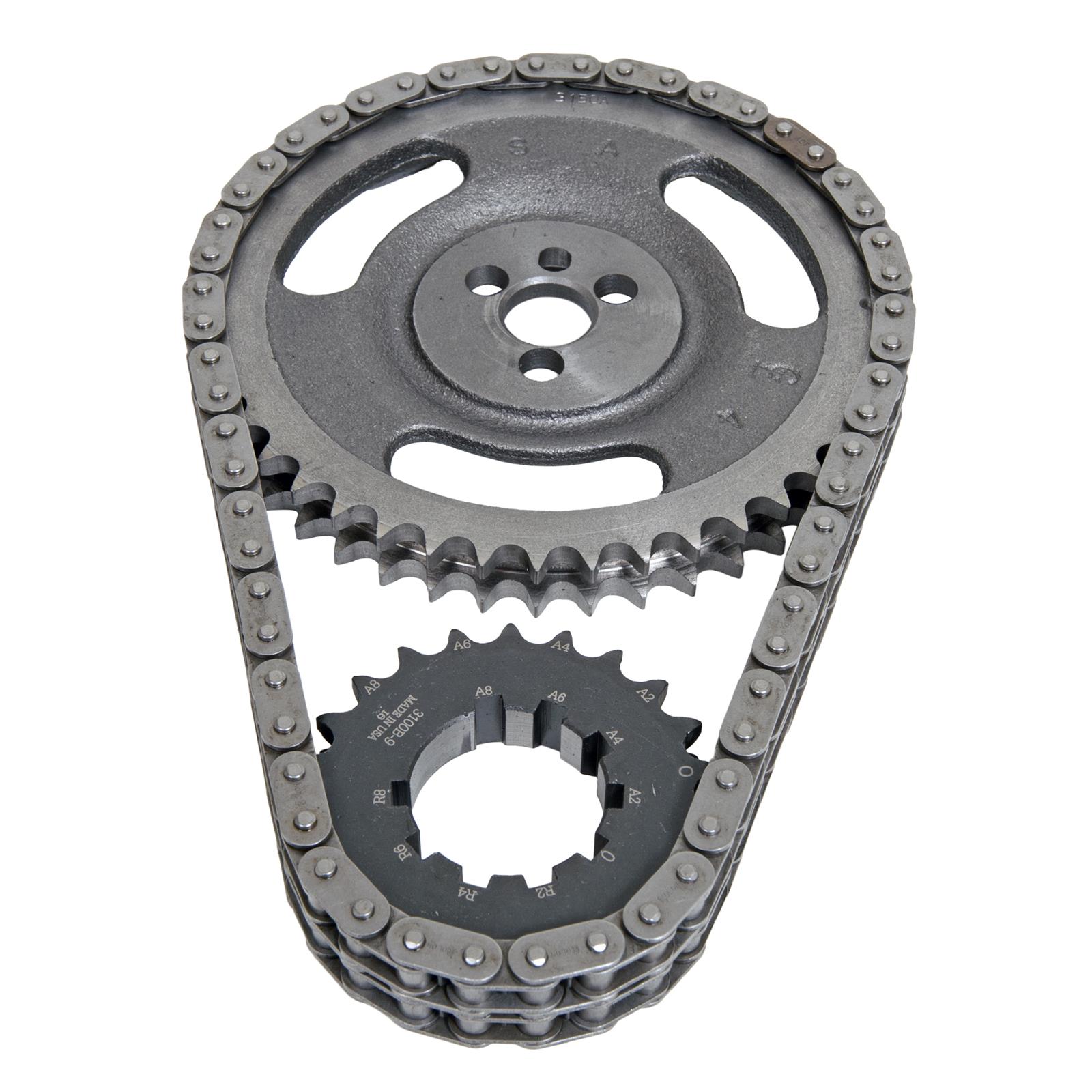Mark IV is essentially the same set-up as Gen 6 when a step-nose cam is involved.
I could not be bothered to put a needle-roller bearing on the cam gear. The thrust plate is hardened steel, the chances of it wearing out are less than the chances of a bunch of needle rollers coming apart and falling into the oil pan.
You must be registered for see images attach
You must be registered for see images attach
You must be registered for see images attach
You must be registered for see images attach
The water pump drive tang is a marine item, for a cam-driven neoprene-vane water pump.
You must be registered for see images attach



